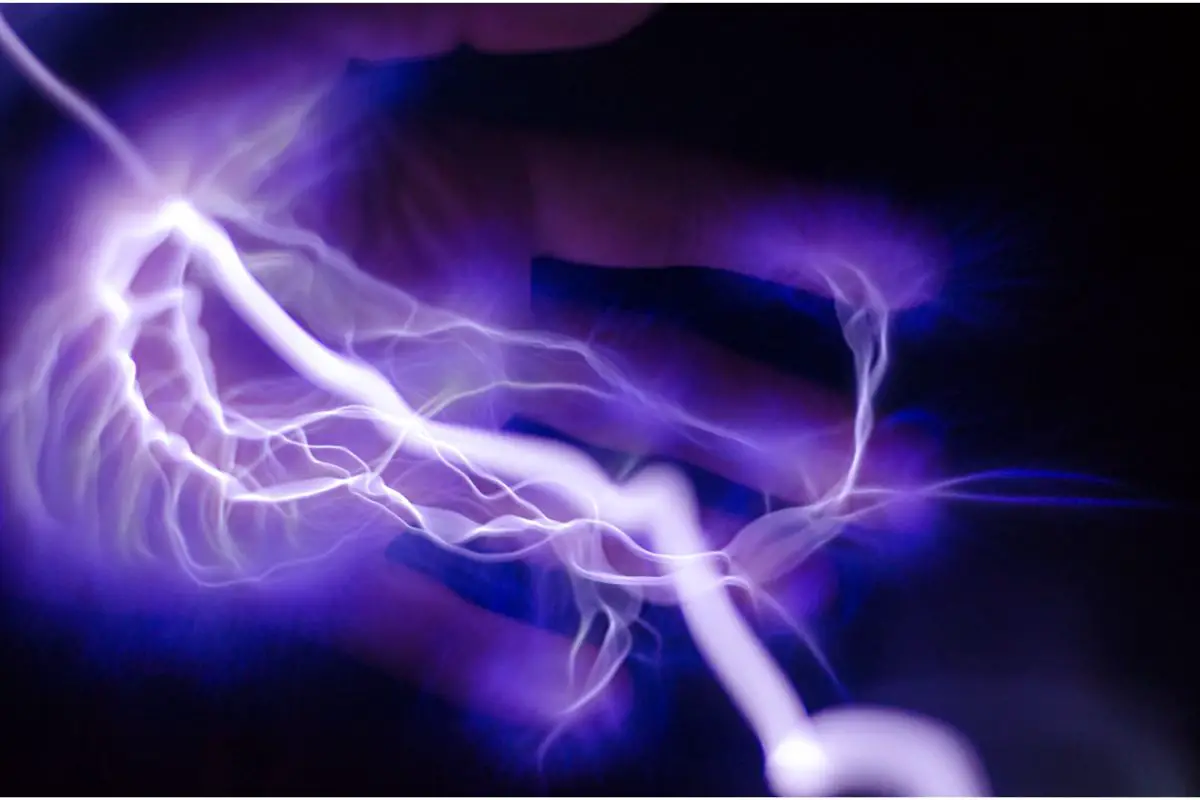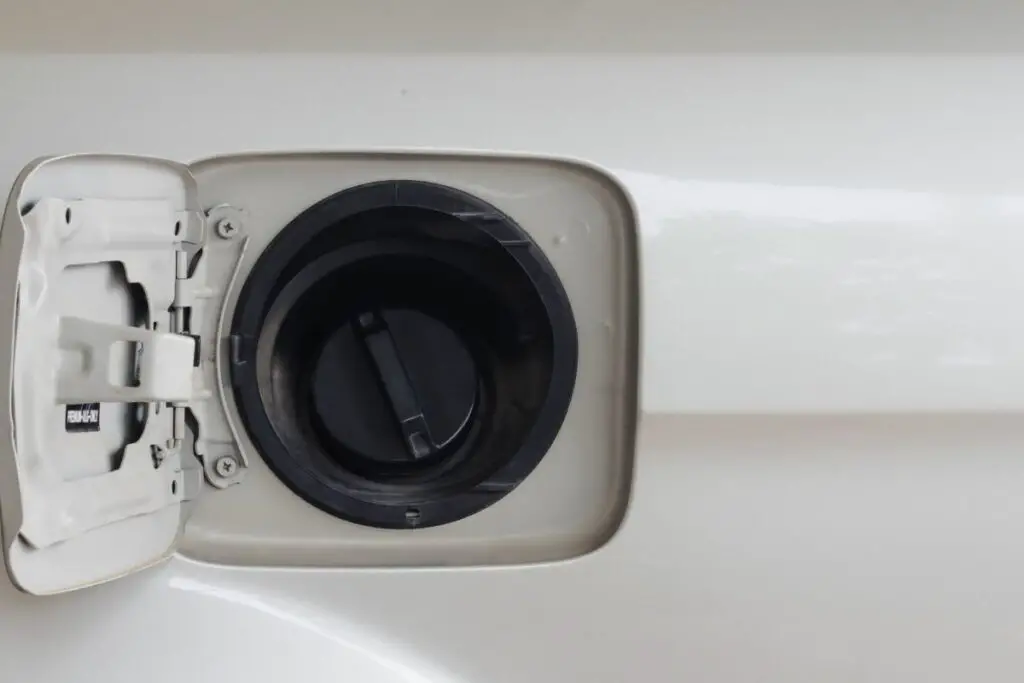When filling any vehicle with gasoline, one major problem has always been the risk of static build-up – something that in turn can cause the presence of sparks.
Luckily though, there are many things you can do to stop the build-up of static electricity, and as such the presence of sparks, to ensure that you can fill up your boat safely, securely, and effectively.
But what actually causes static build-up, and what are the best ways to stop it?
What Can Cause Static Build-Up?
There are many different things that can cause the build-up of static electricity – many of which are a sign and symptom of the more technologically advanced vehicles that we drive nowadays.
With regards to automobiles, many things that have been theorized – including nylon seat covers, CD players, geopositioning systems, and other electronics which generate the charge.
However, with boats, the presence of static can come from different sources.
Friction
Static electricity can be generated by simple things like friction – something that can occur when you get in and out of any vehicle, and your clothes make contact with similar fibers and materials.
For example, if you were to get out of your nylon covered car seat, and your clothes rubbed against the seat, then this can create and store static electricity on your clothing.
Thus, when you make contact with the pump, or the material on your clothing brushes the gasoline pump as you are operating it, you can then create sparks.
Low-Conducting Liquids
Static electricity can also build-up when low-conducting liquids move through a pipe or a hose – something that happens every time we pump gasoline.
When a liquid passes through a pipe, the walls of the pipe absorb the ions therein, helping to charge both the pipe walls and the liquid itself.
As the ions try to neutralize one another by staying close together, this can cause an electrical double layer – something that can then create sparks under the right circumstances.
This can then be classified as an electrical current – because it is charged – and although the current is not usually strong, it can often be sufficient enough to cause a spark.
These sparks, when combined with gasoline fumes, can of course be highly dangerous.
High Speed Filling
When the gasoline is emptied out of the nozzle quickly – such as when a jet hose is used to transfer the fluid – this can also supercharge the liquids, creating an electrical current, and raising the probability that sparks will occur.
This is why you should always ensure you are using the proper equipment to transfer gasoline, and that you are pouring at a steady pace.
How To Stop Static Build-Up

Luckily though, there are a few things you can do to limit or stop the build-up of static electricity – thus limiting the potential for sparks, and making the gasoline pumping process much safer when filling up your boat.
Use Grounding Straps
When it comes to boats, the main thing that people use to disperse the static electricity is a grounding strap – something that channels any static back down to the ground where it can then be dispersed and neutralized.
Boats can be tricky with static – purely because they are not earthed or grounded in the same way that automobiles are (with rubber tires). As such, special measures like this are needed to make things safer.
Fill Slowly
Another way, as touched on previously, is to pour the gasoline slowly into the tank. This doesn’t create as much friction, which means that the ions become less charged – thus minimizing the risk of sparks when the gasoline comes into play.
You also need to ensure that you do not agitate, splash, or spill the gasoline while you are pouring, as this act can also generate static and potentially cause sparks.
Avoid Synthetic Materials
The clothes we wear can often be one of the biggest threats for creating sparks. This is true if we are wearing synthetic fibers – such as nylon – which are hotbeds for static electricity, and as such can make filling up our vehicles very dangerous.
The best way to avoid this is to wear natural fibers while filling your boat’s tank up, as these do not create the same level of friction – in turn not generating as much static, which helps to avoid the creation of sparks.
Turn Off Appliances
You also need to ensure that all of your electrical appliances – both on the boat and on your person – are switched off while you are pumping.
You have probably seen signs at the gas station telling you not to use your phone while on the premises, and the same principle applies to filling up your own boat.
This is generally not an issue, but it really is better to be safe than sorry when gasoline and sparks are concerned.
Grounded Hose
Lastly, it is also important to make sure you are using a hose that has been properly grounded. This can be a great way of ensuring that the statically charged ions in the lining of the house don’t allow sparks to be created.
Final Thoughts
And there we have it, everything you need to know about filling your boat up with fuel, and the best ways to avoid static sparks while doing so.
It is true that sparks can be a dangerous part of filling any vehicle with fuel, and there are all kinds of ways that these can occur.
Luckily though, there are numerous methods you can use to stop this from happening, and ensure that you remain safe and secure while filling up with gas.
So if you want to avoid causing static sparks while filling up your boat, then be sure to follow these handy tips. Something tells me you won’t be disappointed!

